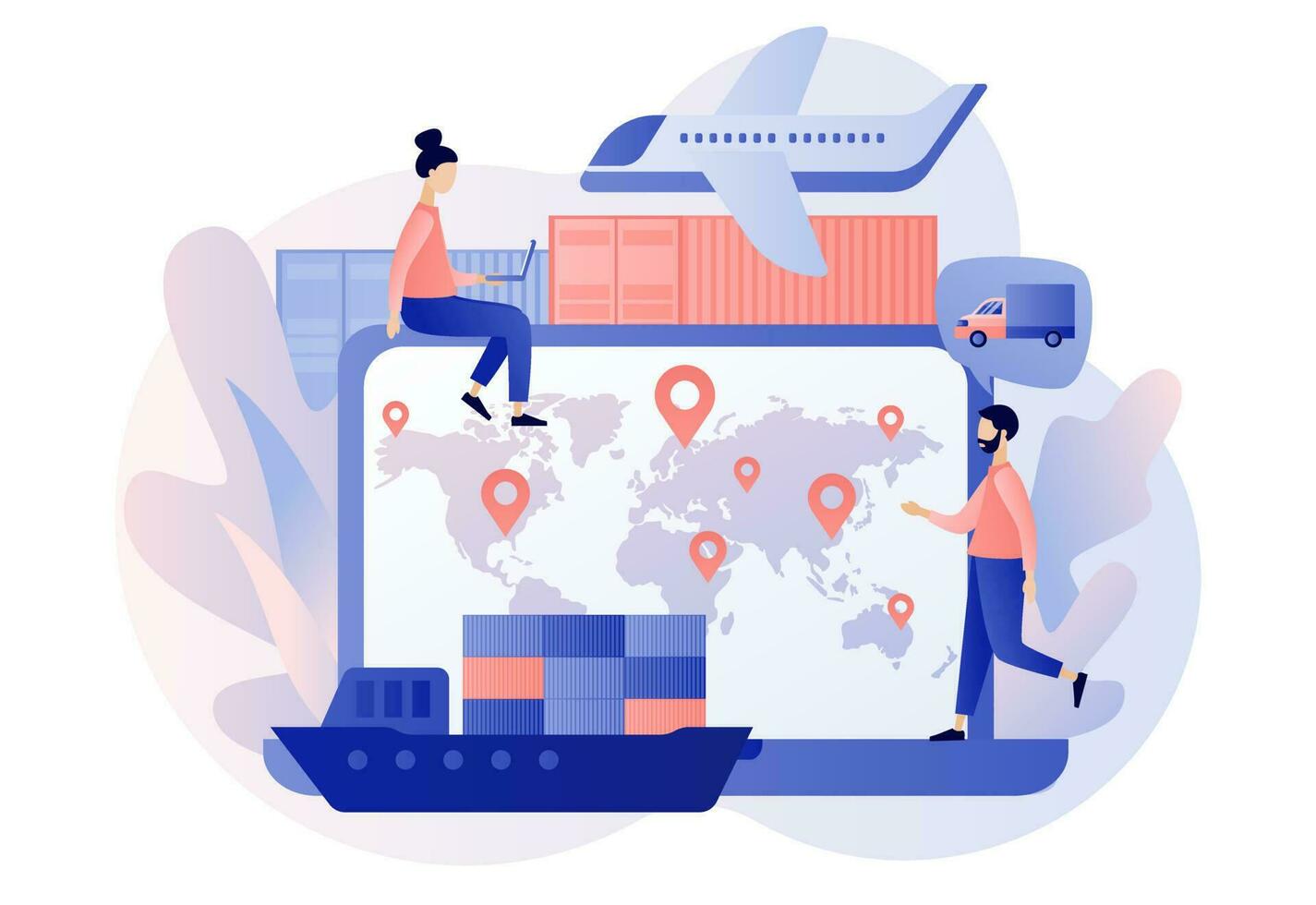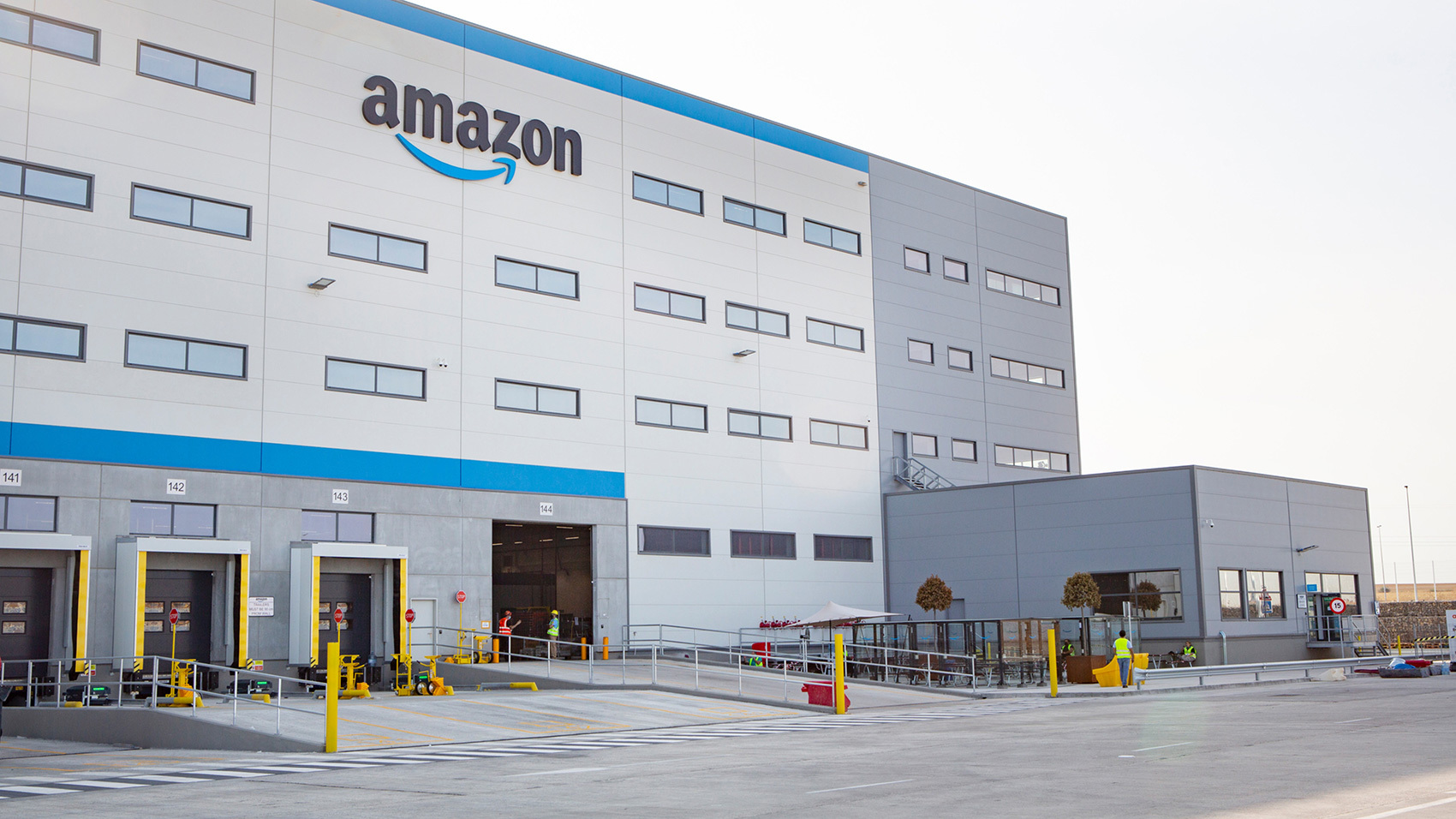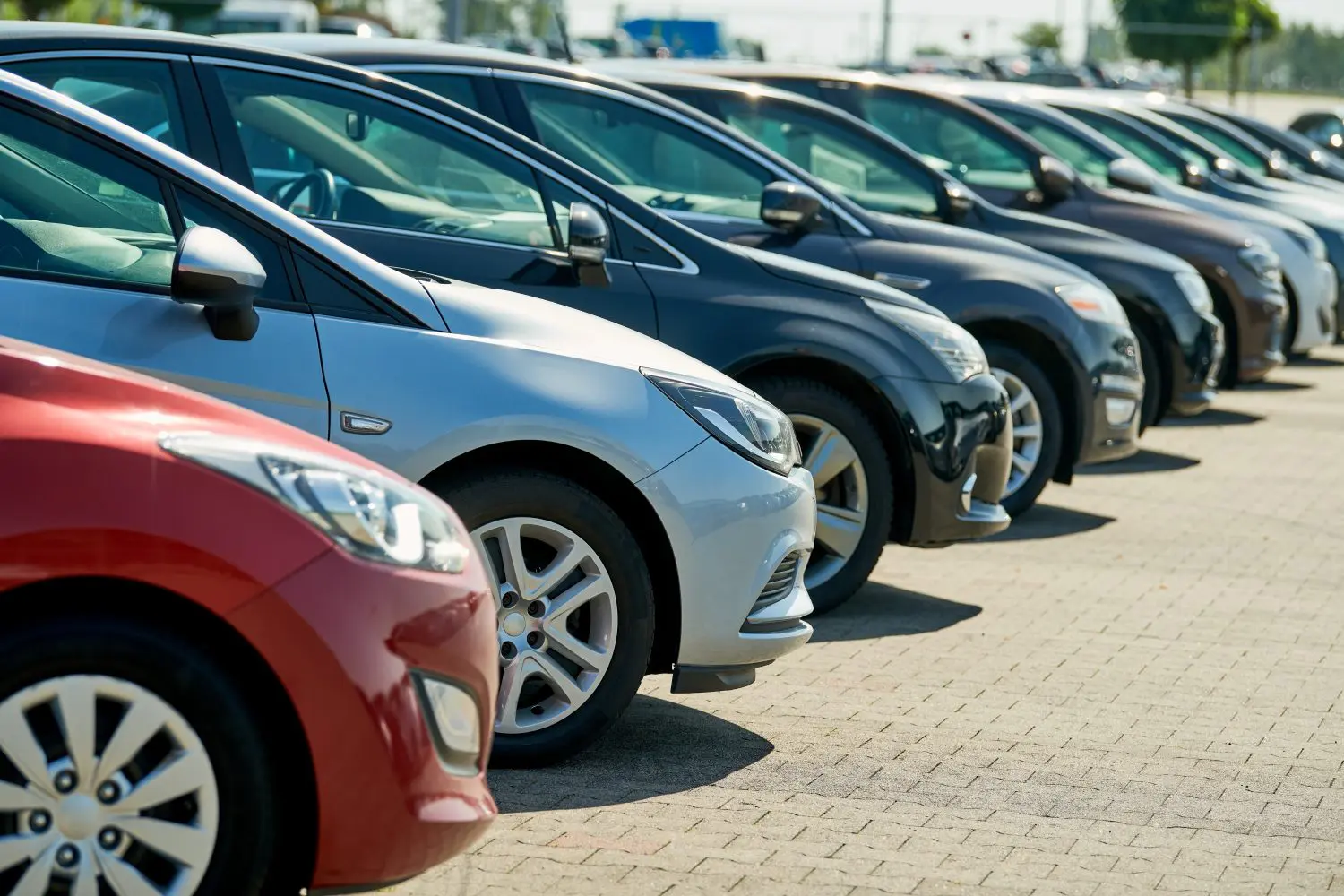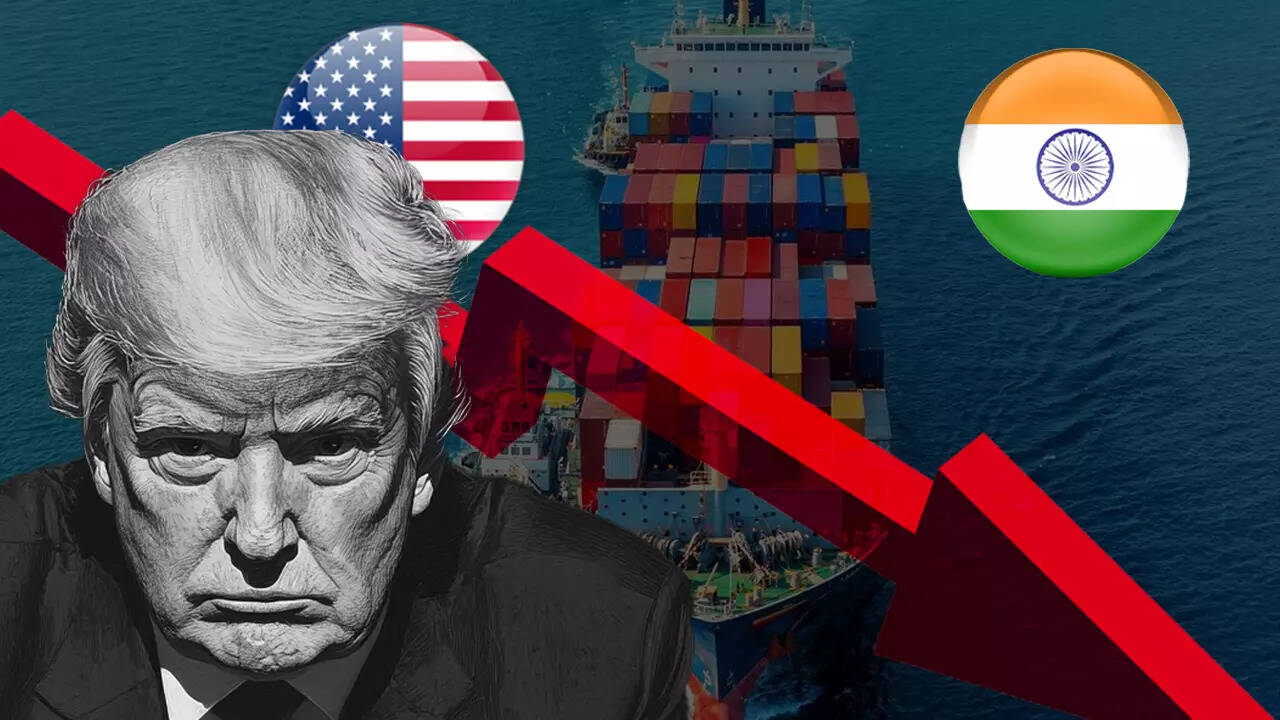Risks
- Geopolitical and Trade Uncertainty
- Tariffs, trade restrictions, and sanctions can disrupt supply routes and increase costs.
- Example: The U.S.-China trade war led to significant shifts in supply chain strategies, with companies seeking alternative sourcing options.
- Supply Chain Disruptions Due to Pandemics and Natural Disasters
- The COVID-19 pandemic caused global supply chain bottlenecks, leading to shortages and price surges.
- Natural disasters like earthquakes, hurricanes, and floods can cripple supply networks in affected regions.
- Cybersecurity Threats
- Increased digitization exposes supply chains to cyberattacks targeting sensitive data and operations.
- Case Study: The 2017 NotPetya cyberattack affected global companies like Maersk, causing an estimated loss of $300 million.
- Raw Material Shortages and Price Volatility
- Scarcity of critical raw materials (e.g., semiconductors, lithium) can halt production and impact product availability.
- Market volatility leads to unpredictable cost fluctuations, affecting profitability.
- Logistics and Transportation Challenges
- Port congestion, container shortages, and fluctuating fuel costs impact delivery timelines and costs.
- The Ever Given incident in the Suez Canal disrupted global trade, delaying shipments worldwide.
Strategies to Build a More Agile Supply Chain
- Diversifying Supplier Base
- Avoid over-reliance on a single region or supplier by building multi-sourcing strategies.
- Example: Apple has diversified production away from China, increasing manufacturing in India and Vietnam.
- Leveraging Digital Transformation
- Implement AI and predictive analytics to anticipate disruptions and improve demand forecasting.
- Use blockchain for enhanced transparency and traceability in supply chain operations.
- Enhancing Supply Chain Visibility
- Adopt real-time tracking and IoT solutions to monitor shipments and inventory.
- Example: Walmart uses IoT sensors to improve inventory management and reduce waste.
- Strengthening Supplier Collaboration
- Establish long-term partnerships with suppliers to ensure reliability and shared risk management.
- Conduct regular supplier audits to assess their risk exposure and crisis readiness.
- Implementing Resilient Logistics Strategies
- Use a mix of transportation modes (air, sea, rail, and road) to maintain supply flexibility.
- Maintain buffer inventory and establish regional distribution centers for faster responses.
- Sustainability and Ethical Sourcing
- Incorporate green supply chain practices to reduce dependency on scarce resources and minimize environmental impact.
- Example: Tesla secures ethical sourcing of lithium for its electric vehicle batteries.
Conclusion
Building a resilient and agile supply chain requires a combination of technological adoption, supplier diversification, and strategic risk management. Organizations that proactively address vulnerabilities and adapt to changes will gain a competitive edge, ensuring continuity and efficiency in an unpredictable world. By leveraging real-time data, enhancing transparency, and fostering collaboration, businesses can transform their supply chains into more robust, responsive networks prepared for the future.
.png)
.png)







